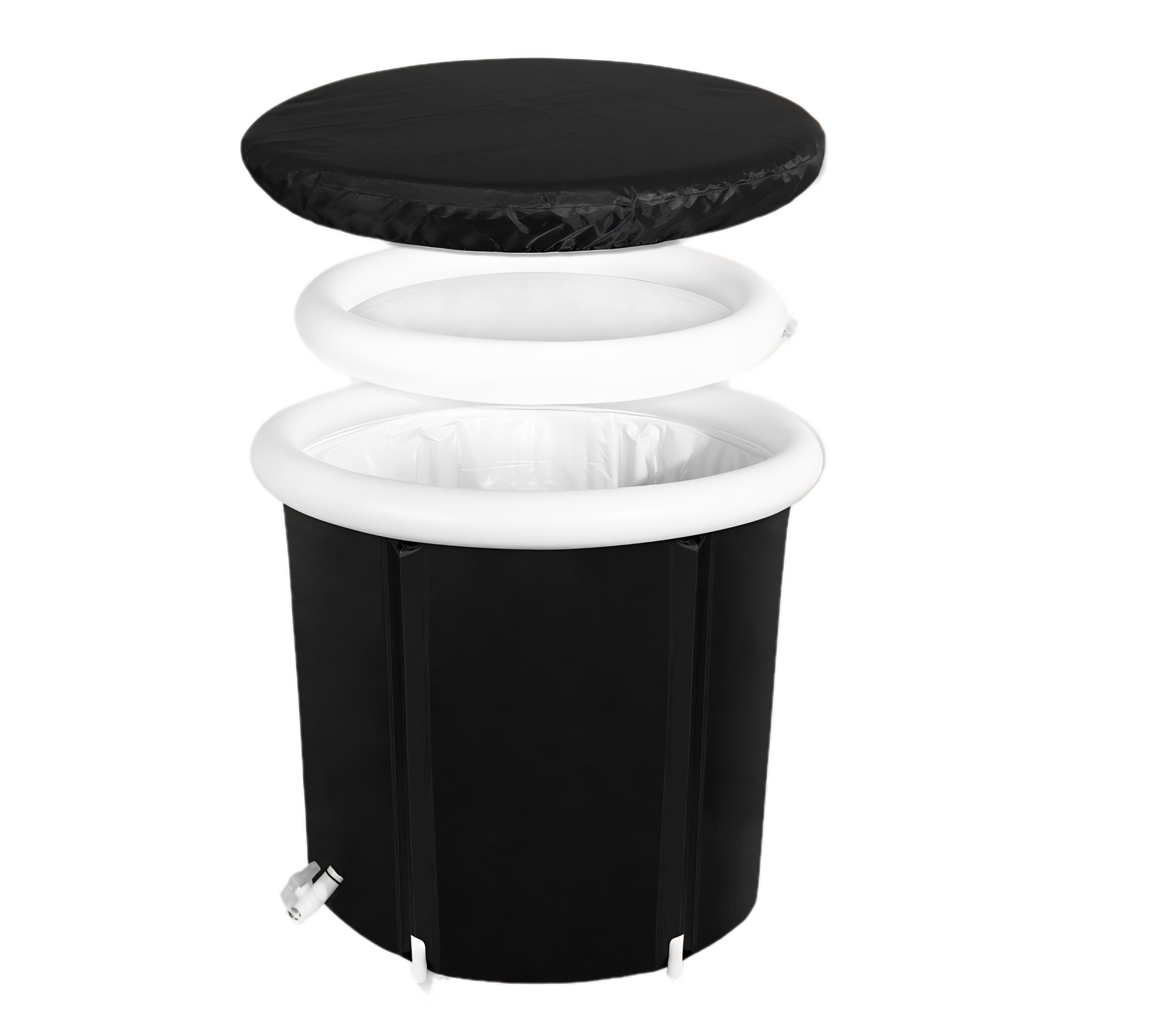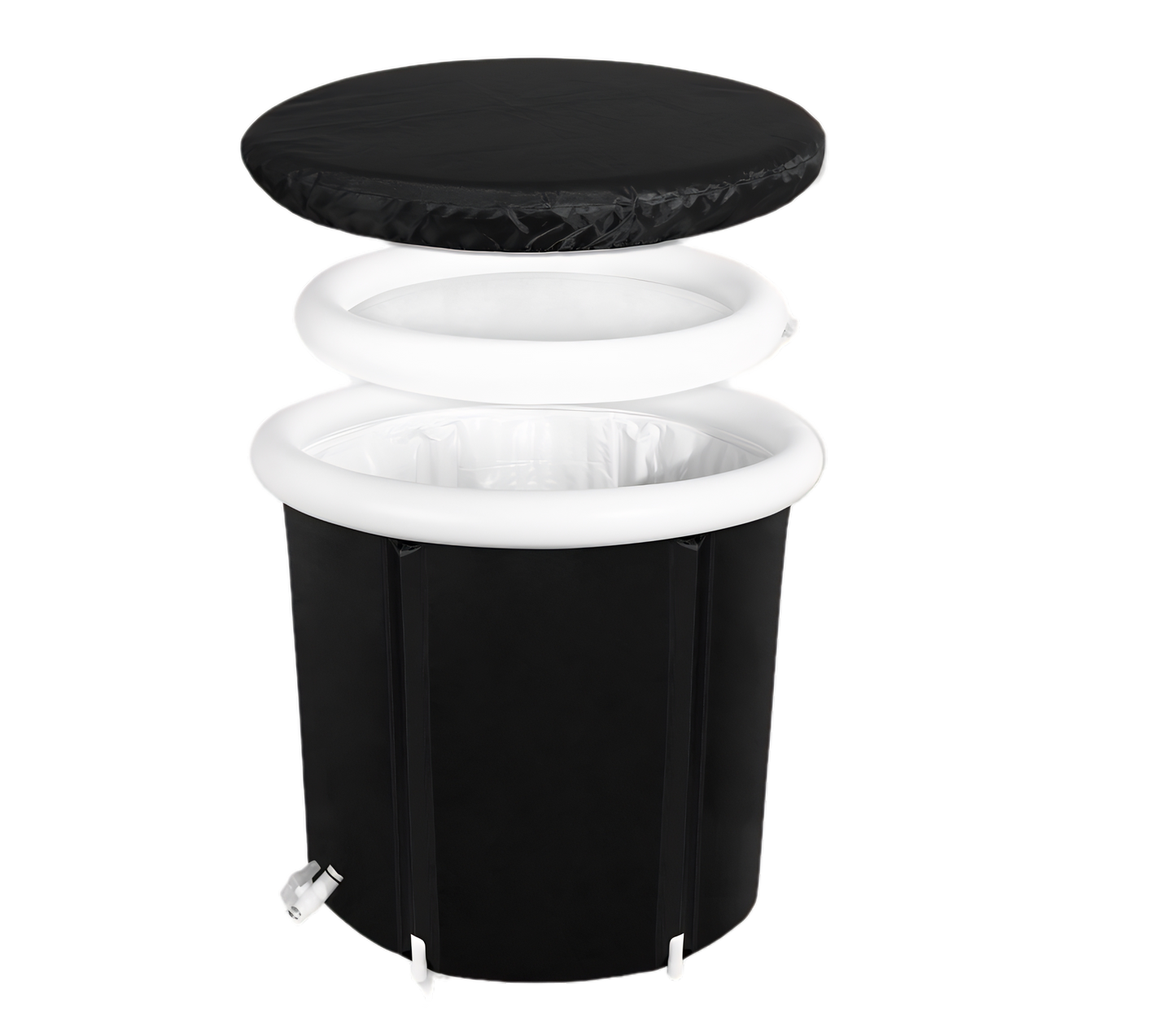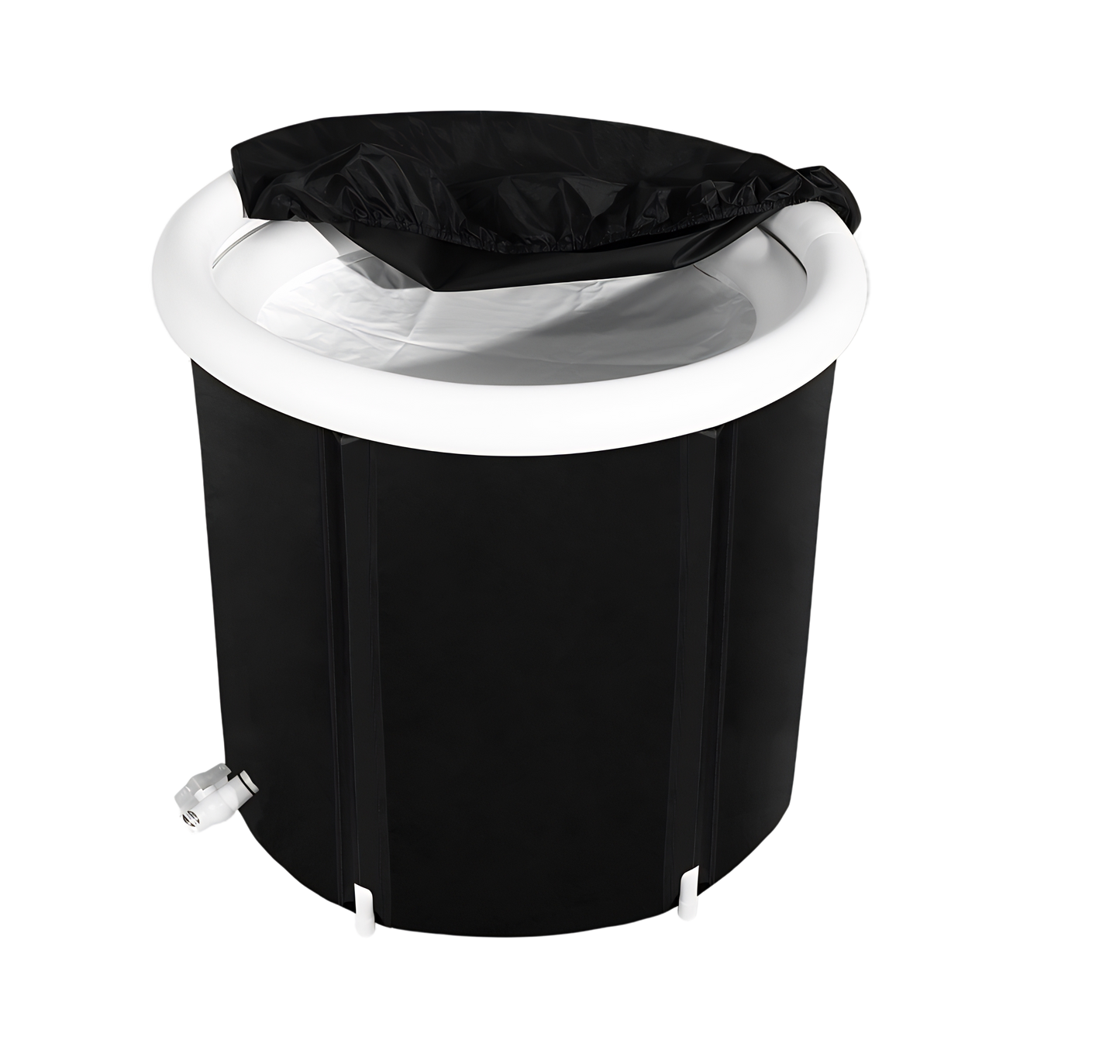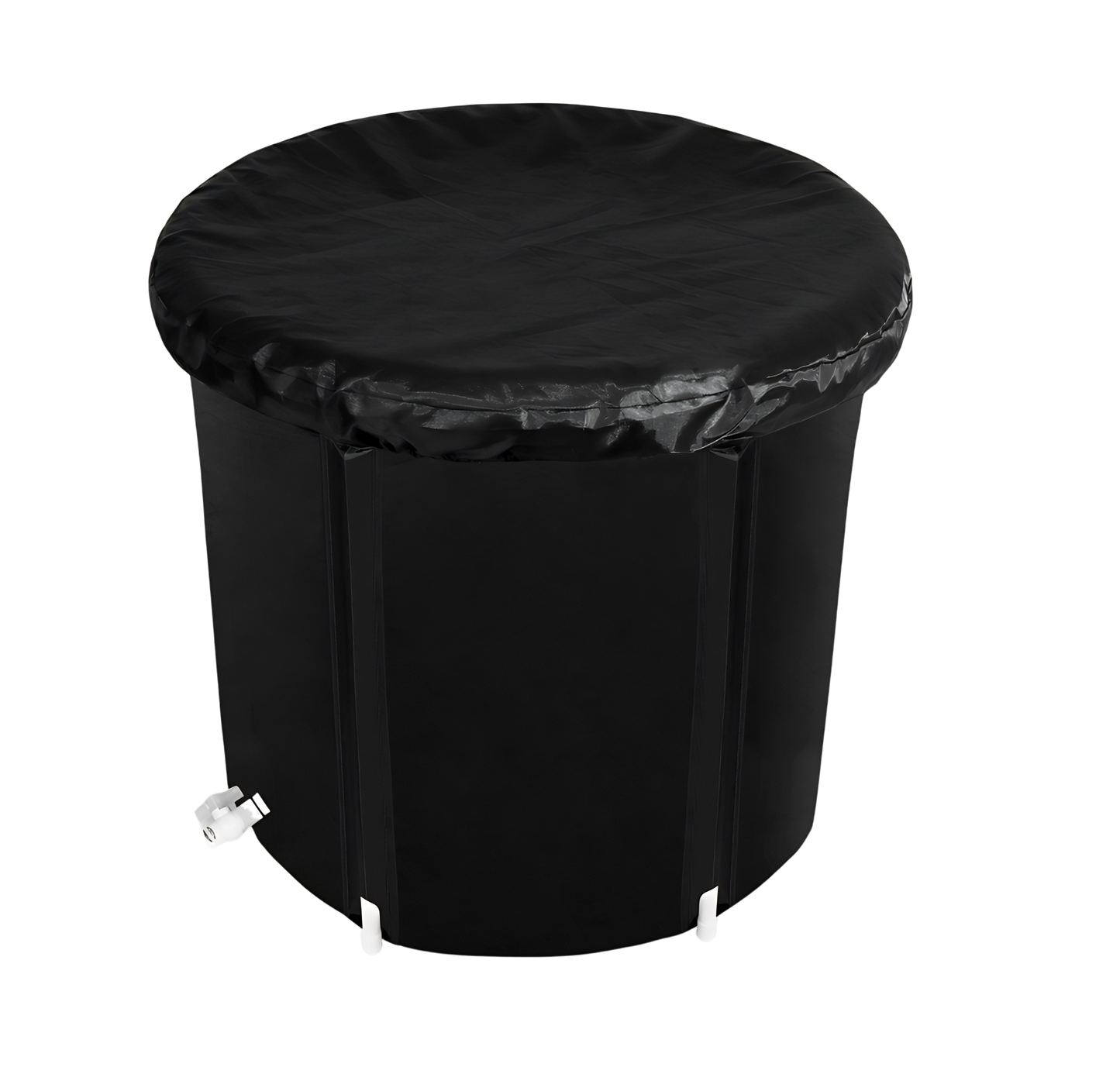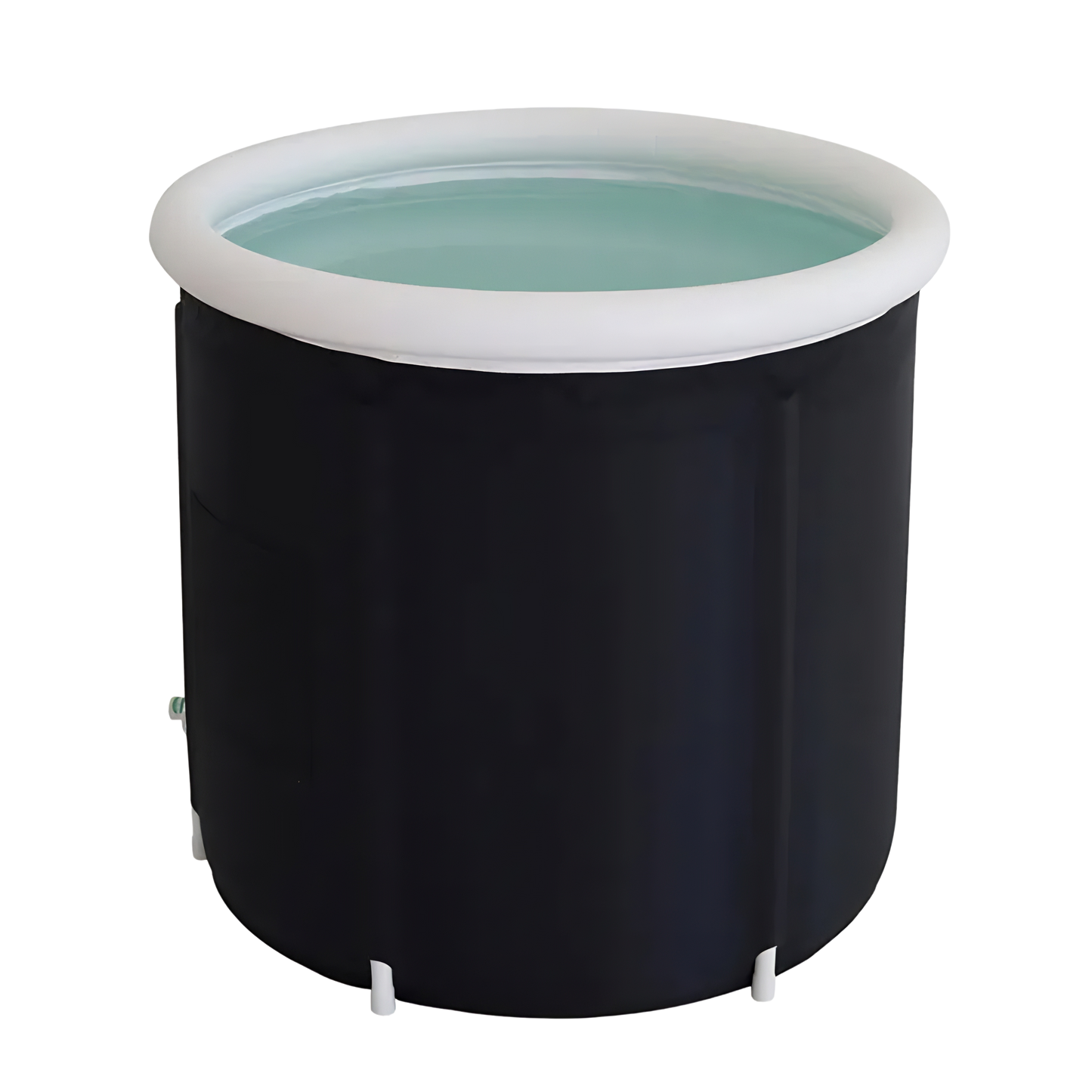Ice baths have become a popular recovery method among tennis players, but have you ever wondered why? The intense physical demands and extreme conditions of the sport can take a toll on players' bodies, leading them to seek out ways to enhance their recovery and performance. In this article, we will explore the reasons behind tennis players' preference for ice baths and the benefits they provide. From reducing muscle soreness to enhancing muscle recovery and injury prevention, ice baths have become an integral part of tennis players' post-match routine. Join us as we delve into the science behind this chilling secret and discover why ice baths have become a go-to recovery technique in the world of tennis.
Key Takeaways:
- Ice baths are a popular recovery method among tennis players due to the intense physical demands of the sport.
- Ice baths help to reduce muscle soreness and inflammation, enhance muscle recovery, and prevent injuries.
- The benefits of ice baths in tennis are supported by sports science, making them an effective recovery technique.
- Tennis players combine tradition and science by incorporating ice baths into their post-match routine to optimize performance.
- Ice baths have become an integral part of tennis players' recovery strategy, allowing them to achieve peak performance on the court.
The Harsh Reality of Tennis in Extreme Conditions

The Intense Heat of the Australian Open
The Australian Open, held annually in Melbourne, presents tennis players with one of the most grueling challenges in the sport - extreme heat. The tournament takes place during the Australian summer, when temperatures often exceed 40 degrees Celsius (104 degrees Fahrenheit). These extreme conditions pose a significant threat to players' performance and well-being.
The Evolution of Heat Policies in Tennis
Over the years, tennis authorities have recognized the importance of addressing the issue of extreme heat and have implemented various heat policies to safeguard the players. The Australian Open, in particular, has developed a comprehensive heat policy aimed at preventing heat-related illness and ensuring fair and safe gameplay. These policies involve monitoring weather conditions, implementing heat stress index thresholds, and providing adequate rest breaks and cooling measures for players.
Tennis Players' Endeavour Against the Heat
Tennis players have been proactive in their efforts to combat the challenges posed by extreme heat. They employ various strategies to overcome the physical and mental effects of playing in hot conditions. This includes staying hydrated, using cooling towels, wearing lightweight and breathable clothing, and seeking shade during breaks.
Despite the harsh reality of tennis in extreme conditions, both players and organizers are dedicated to ensuring fair and safe gameplay. The Australian Open and other tournaments continue to refine their heat policies, while players find innovative ways to adapt and perform at their best. As we delve deeper into the world of tennis and recovery, we will explore why tennis players turn to ice baths as a crucial part of their post-match routine.
Why Do Tennis Players Take Ice Baths
Tennis players take ice baths to reduce muscle soreness and inflammation, accelerate recovery after intense physical exertion, and decrease the risk of injury. The cold temperature constricts blood vessels, which helps flush out metabolic waste from the muscles and reduces swelling and tissue breakdown. When they get out of the ice bath, the underlying tissues warm up, causing a return of oxygenated blood, which aids in muscle recovery.
Portable Ice Baths: A Convenient and Effective Alternative for Tennis Players

In the world of professional tennis, recovery is as crucial as training. Traditional ice baths have long been a staple in aiding players' recovery, but portable ice baths offer a modern twist, combining convenience with effectiveness. These baths provide a practical solution for tennis players who require quick and efficient recovery, and optimal playing performance, especially during tournaments like the Australian Open.
Portable ice baths are designed for ease of use and mobility, making them an ideal option for tennis athletes on the go. Unlike static ice baths, they can be set up anywhere, allowing players to initiate their recovery process immediately after a match or intense training session. This immediacy is key in reducing inflammation and muscle soreness, crucial for athletes who often have little time between matches.
Incorporating portable ice baths into a tennis player's recovery routine could significantly enhance their performance. By ensuring rapid muscle recovery and reducing the risk of injury, these baths help maintain a high level of play throughout demanding tournaments. As tennis evolves with technology, portable ice baths could become a key component in the sport's approach to athlete recovery, offering a blend of convenience, customization, and effectiveness.
For tennis players and their coaching teams, embracing this innovation could mean the difference between good and great on the court, making portable ice baths a worthy consideration in modern sports recovery strategies.
Sports Science Behind Post-Match Recovery Tactics
While heat training has specific benefits, ice baths have gained popularity due to their ability to aid recovery. Ice baths, also known as cold-water immersion therapy, involve immersing the body in ice-cold water, typically between 10 to 15 degrees Celsius, for a certain duration. This causes vasoconstriction, which reduces inflammation and muscle soreness after intense physical activity. The cold water also helps remove metabolic waste products, such as lactic acid, from the muscles, facilitating faster recovery and reducing post-match fatigue.
Comparing ice baths to other recovery methods reveals their unique advantages. Although alternatives like compression therapy and contrast water therapy also provide benefits, ice baths offer a more targeted approach to reducing inflammation and muscle soreness. Moreover, ice baths have a greater physiological impact on cooling the core body temperature, which is essential for tennis players performing in extreme heat.
"Ice baths reduce inflammation, muscle soreness, and improve muscle recovery, making them an effective recovery method for tennis players."
- Dr. Sarah Johnson, Sports Scientist
To implement ice baths effectively, tennis players utilize various cooling strategies. Ice towels are commonly used during matches to cool down between sets, providing immediate relief and reducing heat-related stress. Players also incorporate cooling vests or ice packs during warm-ups to maintain a lower core body temperature during practices or matches. These strategies optimize performance in extreme conditions and contribute to better post-match recovery.
| Recovery Method | Benefits |
|---|---|
| Ice Baths | Reduced inflammation and muscle soreness, improved muscle recovery, enhanced core body temperature regulation |
| Compression Therapy | Enhanced blood flow, reduced muscle fatigue |
| Contrast Water Therapy | Alternating hot and cold water immersion for improved circulation and reduced muscle damage |
Summary
In conclusion, ice baths have become a popular recovery method among tennis players for a reason. The intense physical demands and extreme conditions of the sport necessitate effective recovery techniques to enhance performance and prevent injuries.
Ice baths provide a range of benefits, including reduced muscle soreness, enhanced muscle recovery, and improved overall performance. By incorporating ice baths into their post-match routine, tennis players can optimize their recovery and achieve peak performance on the court.
Throughout this article, we have explored the combination of tradition and science in modern tennis, which has led to the adoption of ice baths as a crucial recovery technique. By understanding the physiological mechanisms behind ice baths, tennis players can integrate both traditional practices and scientific approaches to enhance their recovery and maximize their athletic performance.
Recovery is an integral part of athletic performance, and ice baths serve as a powerful tool for tennis players to rejuvenate their bodies after intense matches. By embracing the benefits of ice baths and incorporating them into their training regimen, tennis players can maintain their competitive edge and excel in the challenging world of professional tennis.
FAQ
What are the benefits of ice baths for tennis players?
Ice baths provide several benefits for tennis players, including reduced muscle soreness, enhanced muscle recovery, and improved overall performance. They also help prevent injuries by reducing inflammation and speeding up the recovery process.
How do ice baths help tennis players?
Ice baths help tennis players by constricting blood vessels and reducing inflammation in the muscles. This leads to decreased muscle soreness and faster recovery. The cold temperature also numbs pain receptors, providing temporary relief and allowing players to continue training or competing at a high level.
Do ice baths help with muscle soreness in tennis?
Yes, ice baths are effective in reducing muscle soreness in tennis players. The cold temperature constricts blood vessels and reduces inflammation, providing relief and promoting faster recovery from intense physical exertion.
How do ice baths contribute to injury prevention in tennis?
Ice baths play a crucial role in injury prevention for tennis players. By reducing inflammation and swelling, ice baths help prevent overuse injuries and promote faster recovery from common tennis injuries such as muscle strains and joint sprains.
What is the role of ice baths in tennis training?
Ice baths are an integral part of tennis training as they help enhance recovery and improve performance. By reducing muscle soreness and promoting muscle recovery, ice baths allow players to train at a high intensity for more extended periods, leading to better physical conditioning and on-court performance.

